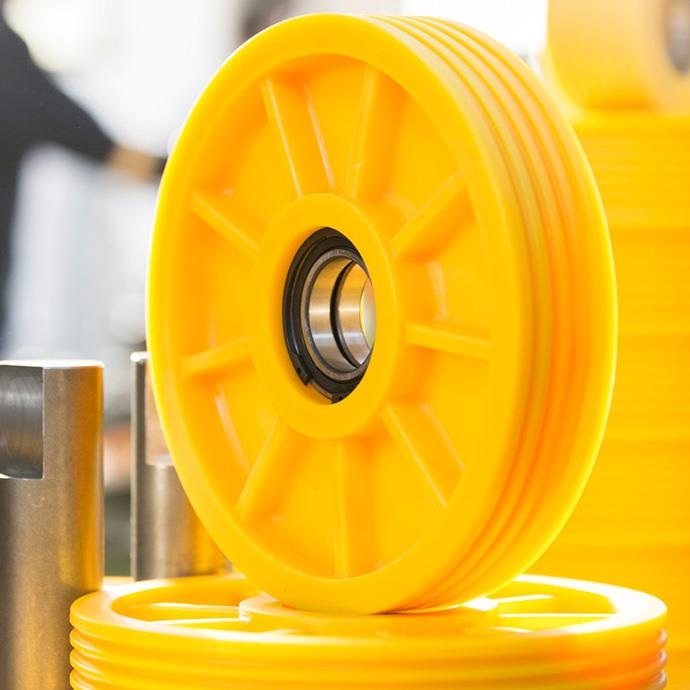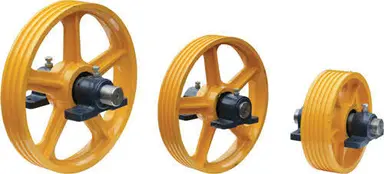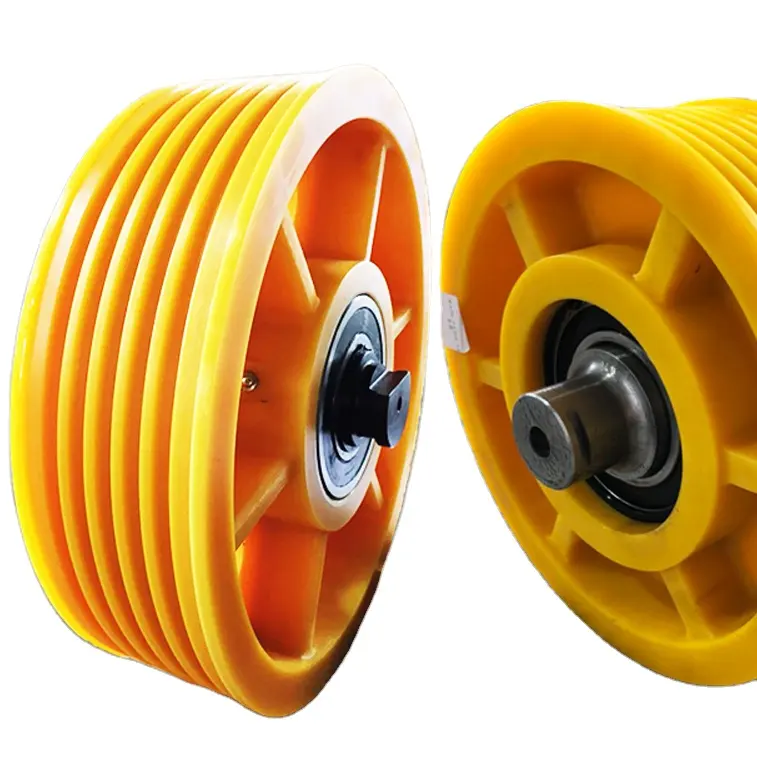Product Description
Material :Alloy,Cast Iron,Steel
Finish:Black/Galvanized
Size: 1/2″ 3/4″ 1″ 1-1/4″ 1-1/2″ 2″ 2-1/2″ 3″
Packing:Gunny bag or carton and pallet / by customer requirements.
Application:Building Material Shops, Manufacturer,General Industry.
| Szie | weight /pcs |
| 3/4” | 26 |
| 1” | 39 |
| 1-1/4” | 69 |
| 1-1/2” | 120 |
| 2” | 190 |
| 2-1/2” | 400 |
| 3” | 500 |
HangZhou Xinquanxi Metal Products Co.,Ltd. is a professional forging and casting parts manufacturer with more than 20 years experience with good quality and competitive price.
We are so willing to avail ourselves of opportunity establishing business relation with you.
Our main products are Rigging: turnbuckle (Jis open body, 1480 forging turnbuckle, US type forging turnbuckle,Rigging Screw), forging shackle, eye bolt and eye nut, forged hookand special customized products,, various sets of rings, D ring, master ring, snap hook,Pulley Block, etc.;
Corner code, expansion bolt, seismic support, guardrail and other building materials.
Casting pipes, manhole covers, road piles, container buttons, anchors, all kinds of breeding equipment and other casting products.
FAQ
1.Are you a factory or a trading company?
We have our own foundry and forging factory. The forging plant has 4 production lines and a history of more than 20 years;Foundry has a history of more than 30 years.
2.How do you control your quality?
1: Control during r&d at the beginning of production
2:Production process control
3:Dimensional control
4:Tensile tests
5:Quality inspection before delivery
3.Can we have our product markings on it?
Yes, we can add product markings according to your requirements.
4.How about packing?
Woven bag,carton,plywood pallet or by customer requirements.
|
Shipping Cost:
Estimated freight per unit. |
To be negotiated |
|---|
| Certification: | CE, ISO |
|---|---|
| Manufacturing Process: | Casting |
| Material: | Alloy,Cast Iron,Steel |
| Samples: |
US$ 0.2/Piece
1 Piece(Min.Order) | Order Sample |
|---|
| Customization: |
Available
| Customized Request |
|---|
How do lifting pulleys contribute to the longevity and reliability of lifting equipment?
Lifting pulleys play a significant role in enhancing the longevity and reliability of lifting equipment. They contribute to the smooth functioning of the lifting system and help minimize wear and tear on various components. Here’s a detailed explanation of how lifting pulleys contribute to the longevity and reliability of lifting equipment:
1. Load Distribution: Lifting pulleys distribute the weight of the load evenly across the lifting system. By spreading the load over multiple ropes or cables, pulleys reduce the strain on individual components, such as cables, hooks, and attachments. This balanced load distribution minimizes the risk of overloading and premature failure of specific parts, thereby prolonging the lifespan of the lifting equipment.
2. Reduced Stress on Components: Lifting pulleys help to alleviate stress on various components of the lifting system. When lifting heavy loads, the force exerted on the cables or ropes can be substantial. By utilizing pulleys, the load is distributed across multiple ropes or cables, reducing the stress on each individual component. This reduction in stress helps prevent excessive stretching, bending, or breakage of cables, ensuring the reliability and longevity of the lifting equipment.
3. Efficient Force Transmission: Lifting pulleys facilitate efficient force transmission within the lifting system. As the load is distributed and redirected through the pulleys, the force is applied in a controlled and balanced manner. This efficient force transmission minimizes unnecessary strain on the lifting equipment and reduces the risk of sudden jerks or jolts that can cause damage or premature wear.
4. Improved Load Control: Lifting pulleys enable precise control over the lifting process, allowing operators to adjust the speed, direction, and position of the load with accuracy. This precise load control helps in preventing sudden or uncontrolled movements that can put stress on the lifting equipment. By ensuring smooth and controlled load handling, pulleys contribute to the longevity and reliability of the lifting equipment.
5. Reduction in Friction: Lifting pulleys are designed to minimize friction between the pulley and the ropes or cables. They often incorporate ball bearings or other low-friction mechanisms to ensure smooth rotation. By reducing friction, pulleys minimize wear on the ropes or cables, as well as on the pulley itself. This reduction in friction helps to extend the lifespan of the lifting equipment.
6. Protection Against Abrasion: Lifting pulleys can incorporate features such as protective coatings or linings to minimize abrasion and wear on the ropes or cables. These protective measures help prevent damage to the lifting equipment caused by repeated rubbing or contact with rough surfaces. By safeguarding against abrasion, pulleys contribute to the longevity and reliability of the lifting equipment.
7. Maintenance and Serviceability: Lifting pulleys are typically designed for easy maintenance and serviceability. They can be quickly inspected, lubricated, and replaced if necessary. Regular maintenance, including cleaning and lubrication of the pulleys, ensures their optimal performance and extends their lifespan. By facilitating routine maintenance, pulleys contribute to the overall reliability and longevity of the lifting equipment.
8. Compatibility and Interchangeability: Lifting pulleys are often designed to be compatible and interchangeable with various lifting systems and configurations. This compatibility allows for easy replacement or upgrading of pulleys as needed. Interchangeability ensures that pulleys can be seamlessly integrated into the existing lifting equipment, thereby extending its reliability and lifespan.
In conclusion, lifting pulleys play a crucial role in promoting the longevity and reliability of lifting equipment. Through load distribution, stress reduction, efficient force transmission, improved load control, friction reduction, protection against abrasion, maintenance and serviceability, as well as compatibility and interchangeability, pulleys contribute to the smooth functioning and extended lifespan of the lifting equipment.
How do lifting pulleys enhance the safety and efficiency of lifting operations?
Lifting pulleys play a vital role in enhancing the safety and efficiency of lifting operations. They provide several advantages that contribute to safe and efficient lifting. Here’s how lifting pulleys enhance safety and efficiency:
1. Mechanical Advantage: Lifting pulleys provide a mechanical advantage by distributing the load’s weight across multiple sheaves or blocks. This distribution reduces the amount of force required to lift the load, making it easier for operators to handle heavy objects. The mechanical advantage offered by lifting pulleys minimizes the risk of strain or fatigue-related injuries to operators, promoting safe lifting practices.
2. Load Distribution: By utilizing lifting pulleys, the load’s weight is distributed among multiple strands of lifting cables or ropes. This distribution helps to evenly spread the load’s force, reducing the risk of overload on any single point or component. Load distribution minimizes the chances of cable or rope failure, ensuring safe lifting and preventing accidents due to sudden load shifts or unbalanced loads.
3. Controlled Movement: Lifting pulleys enable precise and controlled movement of the load. The pulleys allow operators to adjust the lifting speed, direction, and position of the load with ease. This control enhances safety by preventing sudden or jarring movements that can lead to accidents or damage to the lifted objects. It also allows for accurate placement or positioning of the load, improving operational efficiency.
4. Reduced Friction: Lifting pulleys are designed to reduce friction between the lifting cables or ropes and the pulley sheaves. This reduction in friction minimizes wear and tear on the lifting components, such as cables or ropes, extending their lifespan and reducing the risk of failure during lifting operations. It also reduces the effort required to lift the load, improving efficiency and operator comfort.
5. Versatility and Adaptability: Lifting pulleys offer versatility and adaptability in various lifting scenarios. They can be combined with other pulleys or lifting systems to create compound mechanical advantages, such as block and tackle systems. This flexibility allows operators to handle different load capacities and adapt to specific lifting requirements. Versatility and adaptability enhance the efficiency of lifting operations by providing suitable solutions for a wide range of lifting tasks.
6. Safe Working Load Indication: Many lifting pulleys come with clearly marked safe working load (SWL) indications. These markings provide crucial information about the maximum load capacity that the pulley can safely handle. By adhering to the SWL guidelines, operators can ensure that the pulleys are not overloaded, reducing the risk of accidents and equipment failures.
7. Training and Operator Awareness: Proper training and operator awareness regarding the use of lifting pulleys contribute to safe and efficient lifting operations. Operators should receive training on the correct techniques for operating and maintaining lifting pulleys. They should also be aware of safety protocols, load limits, and the importance of regular inspections and maintenance procedures. Well-trained operators can make informed decisions, identify potential hazards, and implement safe work practices, further enhancing the safety and efficiency of lifting operations.
By utilizing lifting pulleys, operators can benefit from improved safety and efficiency in lifting operations. The mechanical advantage, load distribution, controlled movement, reduced friction, versatility, and operator training all contribute to safer lifting practices, reduced risk of accidents, and increased operational efficiency.
How do lifting pulleys contribute to the smooth and controlled lifting of heavy loads?
Lifting pulleys play a crucial role in achieving smooth and controlled lifting of heavy loads. They provide mechanical advantage and facilitate the efficient transfer of force, allowing operators to lift heavy objects with reduced effort and improved control. Here are several ways in which lifting pulleys contribute to smooth and controlled lifting:
1. Mechanical Advantage: Lifting pulleys employ the principle of mechanical advantage to make lifting heavy loads easier. By using multiple sheaves or wheels, they distribute the load over several ropes or cables. This distribution of load reduces the amount of force required to lift the load. The mechanical advantage provided by lifting pulleys allows operators to exert less force while achieving the desired lifting outcome.
2. Reduction of Friction: Lifting pulleys are designed to minimize friction between the rope or cable and the pulley itself. They often feature smooth, rounded grooves or ball bearings, which reduce the contact area and frictional forces. By reducing friction, lifting pulleys enable smoother movement of the lifting medium, such as a rope or cable, resulting in a more controlled lifting process.
3. Change of Direction: Lifting pulleys allow for changes in the direction of the lifting force. By redirecting the force at different angles, pulleys enable lifting from various positions, even in confined spaces. This capability enhances flexibility and control during lifting operations, allowing operators to maneuver heavy loads with precision.
4. Force Amplification: Lifting pulleys amplify the input force applied by the operator. As the force is transmitted through the pulley system, the load experiences increased lifting force. This force amplification can be particularly beneficial when dealing with heavy loads that would require excessive force to lift without the mechanical advantage provided by the pulleys.
5. Controlled Speed: Lifting pulleys offer control over the lifting speed. By adjusting the tension and angle of the ropes or cables, operators can regulate the rate at which the load is lifted or lowered. This control is crucial for delicate or sensitive loads that require careful handling and precise positioning.
6. Stability and Safety: Lifting pulleys contribute to the stability and safety of lifting operations. They help to evenly distribute the load, reducing the risk of imbalance or tipping. Additionally, the mechanical advantage provided by the pulleys allows for smoother and more controlled movements, minimizing the likelihood of sudden jolts or jerks that could compromise the safety of the load, equipment, or personnel involved.
By utilizing mechanical advantage, reducing friction, enabling changes in direction, amplifying force, providing controlled speed, and enhancing stability and safety, lifting pulleys significantly contribute to the smooth and controlled lifting of heavy loads. Their design and functionality make them indispensable tools in various industries where material handling and lifting operations are essential.
editor by CX




